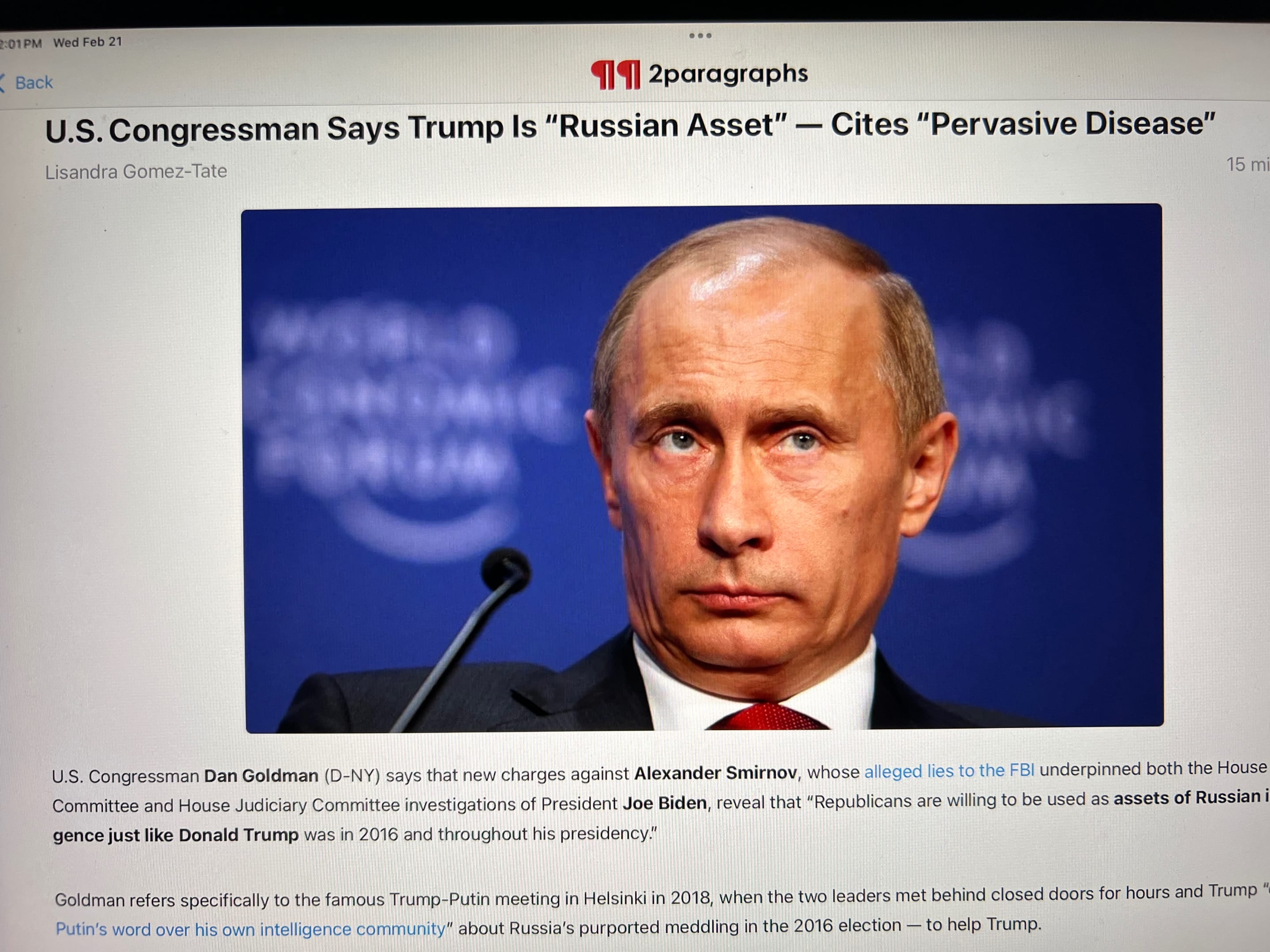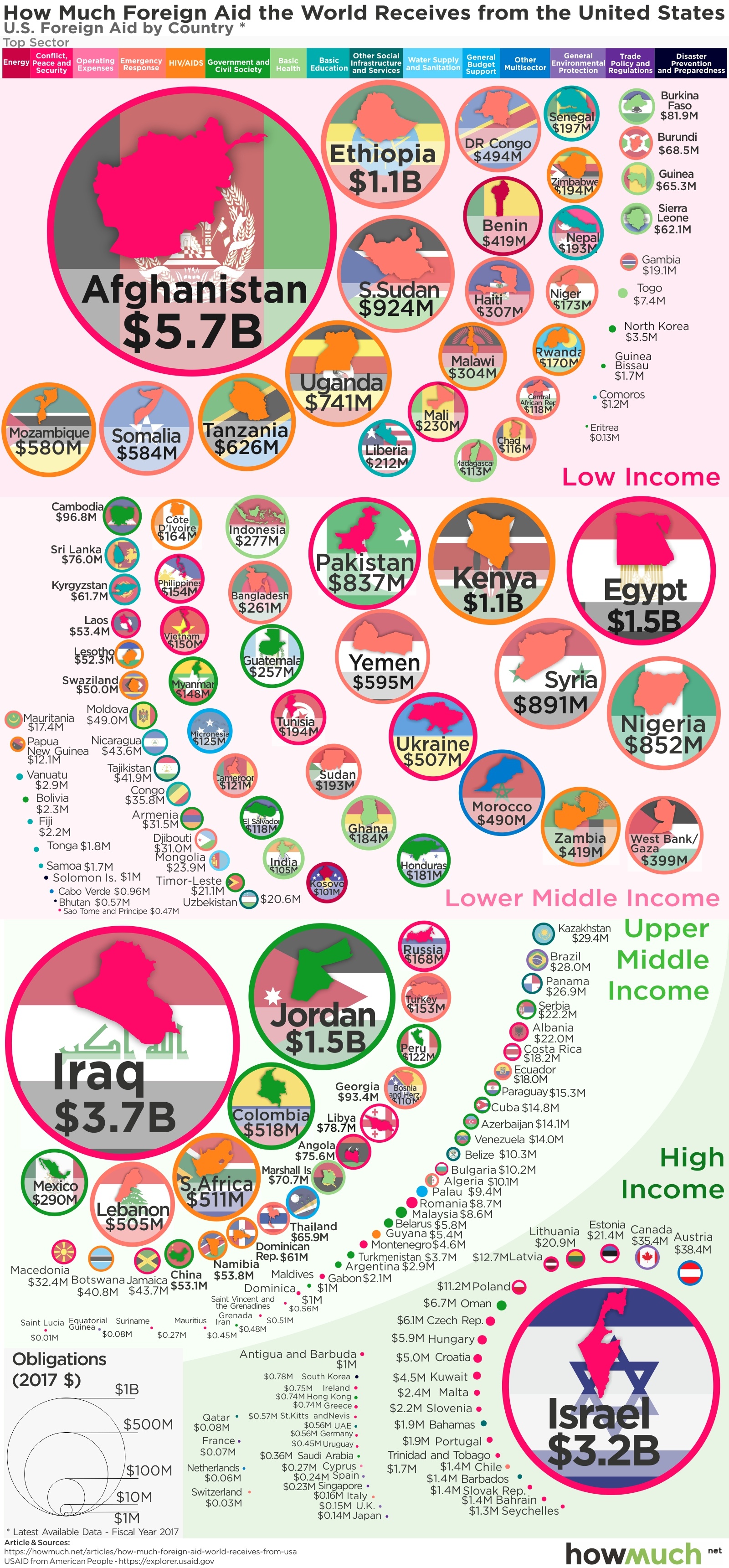U.S. Foreign Aid: Mission, Objectives, And Impact
U.S. Foreign Aid: Mission, Objectives, And Impact—how do these elements shape America's role in the global community? U.S. foreign aid encompasses a diverse array of programs designed to assist developing countries in achieving economic stability, promoting democracy, and improving the lives of their citizens.
Editor's Notes: U.S. Foreign Aid: Mission, Objectives, And Impact" published today date is crucial to grasp both the complexities and the profound impact of America's foreign aid endeavors.
Through rigorous analysis and extensive research, our comprehensive guide on U.S. Foreign Aid: Mission, Objectives, And Impact empowers you with the knowledge to make informed choices.
FAQs
The following are frequently asked questions about U.S. foreign aid, along with their answers:
Question 1: What is the mission of U.S. foreign aid?
The mission of U.S. foreign aid is to promote the security and prosperity of the United States by investing in the development of partner countries.

Senate’s Foreign Aid Package Passes - Causes.com - Take Action on - Source www.causes.com
Question 2: What are the objectives of U.S. foreign aid?
The objectives of U.S. foreign aid are to:
- Promote economic growth and poverty reduction
- Improve health and education outcomes
- Strengthen democracy and governance
- Promote peace and security
- Address climate change and other global challenges
Question 3: What is the impact of U.S. foreign aid?
U.S. foreign aid has a significant impact on the lives of millions of people around the world. For example, U.S. foreign aid has helped to:
- Reduce poverty by increasing access to education, healthcare, and economic opportunities
- Improve health outcomes by combating diseases and improving access to healthcare
- Strengthen democracy and governance by supporting free and fair elections, and promoting human rights and the rule of law
- Promote peace and security by supporting conflict resolution, peacekeeping, and counterterrorism efforts
- Address climate change and other global challenges by investing in clean energy, sustainable development, and disaster relief
U.S. foreign aid is a vital tool for promoting the security and prosperity of the United States and the world. By investing in the development of partner countries, U.S. foreign aid helps to create a more stable, prosperous, and peaceful world for all.
Transition to the next article section:
See the next section for a discussion of the challenges facing U.S. foreign aid.
Tips for Understanding U.S. Foreign Aid
For an in-depth exploration of the mission, objectives, and impact of U.S. foreign aid, refer to the comprehensive article U.S. Foreign Aid: Mission, Objectives, And Impact.
Tip 1: Recognize the Primary Goal of Foreign Aid
The fundamental objective of U.S. foreign aid is to advance the well-being of vulnerable populations abroad, promote global stability, and foster economic growth.
Tip 2: Understand the Four Pillars of Foreign Aid
U.S. foreign aid programs encompass four key pillars: economic development, security assistance, humanitarian assistance, and democracy and governance.
Tip 3: Identify the Role of Bilateral and Multilateral Aid
Bilateral aid involves direct assistance from the U.S. government to specific countries, while multilateral aid is channeled through international organizations like the United Nations.
Tip 4: Assess the Evaluation Methods for Foreign Aid
The effectiveness of foreign aid programs is rigorously evaluated through methods such as impact assessments, independent evaluations, and performance monitoring.
Tip 5: Consider the Impact of Foreign Aid on Recipient Countries
Foreign aid can contribute to positive outcomes in recipient countries, such as improved health outcomes, increased economic opportunities, and enhanced governance.
Summary: By following these tips, individuals can gain a deeper understanding of the complex and multifaceted nature of U.S. foreign aid and its impact on global development.
U.S. Foreign Aid: Mission, Objectives, And Impact
U.S. foreign aid plays a pivotal role in shaping international relations, fostering development, and addressing global challenges. Its multifaceted nature encompasses diverse aspects, including its objectives, implementation mechanisms, and overarching impact.
- Mission: Alleviating poverty and promoting global stability.
- Objectives: Economic growth, health, education, and environmental protection.
- Mechanisms: Bilateral, multilateral, and non-governmental organizations.
- Impact: Improved living standards, increased access to essential services, and enhanced security.
- Challenges: Corruption, mismanagement, and unintended consequences.
- Evaluation: Ongoing assessments to measure effectiveness and optimize strategies.

Us Foreign Aid 2025 - Neely Alexine - Source cyndyyodessa.pages.dev
The complex interplay of these aspects demands careful consideration. Aid effectiveness requires balancing ambitious objectives with realistic implementation plans, addressing local needs while respecting cultural sensitivities, and ensuring transparency and accountability. U.S. foreign aid can serve as a catalyst for positive change, contributing to sustainable development, fostering international cooperation, and building a more equitable and just world.

Charting US Foreign Aid by Country - Source howmuch.net
U.S. Foreign Aid: Mission, Objectives, And Impact
U.S. foreign aid is a critical component of the United States' foreign policy, providing economic and humanitarian assistance to countries around the world. The primary mission of U.S. foreign aid is to promote peace and stability, reduce poverty, and support economic growth. These objectives are closely interconnected, as poverty and instability can fuel conflict and hamper economic development.

House Speaker Mike Johnson Faces Leadership Challenge Amid Foreign Aid - Source www.belstad.com
One of the most important impacts of U.S. foreign aid is on health and education. Foreign aid programs have helped to reduce child mortality rates, improve access to clean water and sanitation, and increase enrollment in primary schools. These investments have had a significant impact on the lives of millions of people around the world.
In addition to its humanitarian impact, U.S. foreign aid also plays a role in promoting economic growth. Foreign aid can help to build infrastructure, provide technical assistance, and support small businesses. These investments can help to create jobs, increase incomes, and reduce poverty.
However, it is important to note that U.S. foreign aid is not without its critics. Some argue that foreign aid is ineffective and that it can create dependency. Others argue that foreign aid is often used to support corrupt regimes. Despite these criticisms, U.S. foreign aid remains a valuable tool for promoting peace, stability, and economic growth around the world.
Conclusion
U.S. foreign aid is a complex and controversial issue. There is no doubt that it has the potential to do great good in the world. However, it is important to be aware of the potential pitfalls of foreign aid and to ensure that it is used effectively.
One of the most important challenges facing U.S. foreign aid is the need to ensure that it is sustainable. Too often, foreign aid programs are designed to provide short-term relief, but they do not address the underlying causes of poverty and instability. This can lead to a cycle of dependency, in which countries become reliant on foreign aid to meet their basic needs.
Another challenge facing U.S. foreign aid is the need to ensure that it is not used to support corrupt regimes. This is a difficult challenge, as it can be difficult to determine which regimes are truly committed to reform and which are simply using foreign aid to line their own pockets.
Despite these challenges, U.S. foreign aid remains a valuable tool for promoting peace, stability, and economic growth around the world. By carefully designing and implementing foreign aid programs, the United States can make a real difference in the lives of millions of people.
Markus Leikola: Exploring The Intersection Of Art, Technology, And Human Experience, Heliövaara: The Rising Star Of Finnish Tennis, Ain Shams University: A Renowned Egyptian Institution Of Academic Excellence, Unveiling Bentley's Pinnacle Of Luxury And Performance: The Extraordinary Bentayga, Rafael Montero: Underrated Reliever With A Proven Track Record, Salvador Dalí: Surrealist Visionary And Master Of The Bizarre, Mahulena Bočanová: A Captivating Czech Actress And Model, Unleash Limitless Creativity: Delve Into The Extraordinary World Of Matej Mandić, Get Ready For Financial Success: Abonos Millonarios 2025 Lottery Guide, Juárez Vs. Santos: Liga MX Match Preview And Predictions,